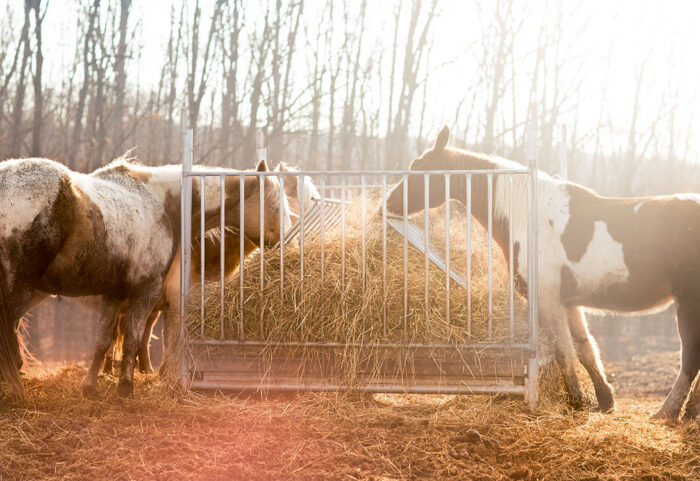The ultimate guide to spay and neutering your dog — why, when, and what to expect

By: Dr. Shelly Zacharias
First of all — congratulations on being a dog owner. It’s a very exciting ride!
The decision to spay or neuter your dog is super important, especially for their health, and despite the procedure’s popularity (it happens hundreds of times per day!), it can still be nerve-wracking and stressful for both a new and seasoned dog owner.
We’ve created an ultimate how-to guide so you know exactly what you’re getting into when it comes to your cute, four-legged friend.
Who
All dogs should be spay and neutered. Not only does the procedure help with controlling dog populations — especially those without homes —- but it also can mean a longer, healthier life for your pet.
Getting your dog spayed and neutered is an important part of being a dog owner, and the benefits last a lifetime. When it comes to spay and neutering your pup — it’s a no brainer.
What
Spay and neutering is a procedure that takes away your pet’s ability to reproduce.
As a pet owner, you can expect a pre-op exam to make sure the pup is healthy and ensures a smooth surgery and recovery process. Here, veterinarians will check a dog’s temperature, listen to their heart and lungs, and check their body for any signs of illness or injury. The pre-op exam should also include the pre-op blood panel to ensure the inside of your pup is just as healthy as the outside!
Then comes the procedure itself; during surgery, your pet is under anesthesia and their vitals are monitored closely by staff.
Spay/OHE: Sterilizing a female animal by removing the ovaries and usually the uterus. The surgical site will be in the lower abdominal region and will have a small to medium sized incision.
Neuter/Castration: The surgical removal of a male animal’s testicles. The surgical site is either directly in front of the testciles in the lower abdominal region or at the base of the scrotum.
After the procedure is done, there are many aftercare tips once you bring your animal home. You can find a full list in our blog post here.
Where
Picking out the right vet is important for your dog’s safety and comfort, whether you’re a first time pet owner or familiar with the procedure. Veterinarians are there to keep a pet safe and healthy throughout the entire process — both pre and post op — and should be transparent about cost, procedures, and what to expect.
We’ve outlined seven important questions to ask your vet before committing to a clinic and surgery. You can find a full list and descriptions here.
When
If your dog is healthy, they can never be too old to be spayed or neutered, because they still receive all the health benefits from the procedures. Dogs of any age — young or old — must go through a physical exam and health check before they can undergo anesthesia or the surgery itself.
Without surgery, female dogs can get pyometra, a uterine infection that can lead to emergency surgery or even death, and have higher risk for mammary cancer. Male dogs on the other hand can get testicular tumors, and the chances of developing them increases with age.
The optimal age for surgery is dependent on breed, but veterinarians typically recommend getting females spayed before they have a heat cycle to help lessen the chance of mammary cancer.
A good frame of reference; start thinking about surgery at six months, which is typically average. In larger and giant breed dogs, such as Great Danes and St. Bernards, we recommend waiting longer so they’re fully developed past the puppy stage.
Why
Science has proven the biological and physiological benefits of surgery time and time again. For one, dogs tend to live longer if they’ve been spayed or neutered.
Females that aren’t spayed are prone to mammary cancer and pyometra, and for males neutering the dog removes the chances of testicular cancer, helps control prostate disease and often helps control undesirable behavior.
When you get your pup spayed or neutered don’t miss out on the once in a lifetime opportunity to bank their stem cells from the discarded tissue and set them up for a long healthy life. Learn More


